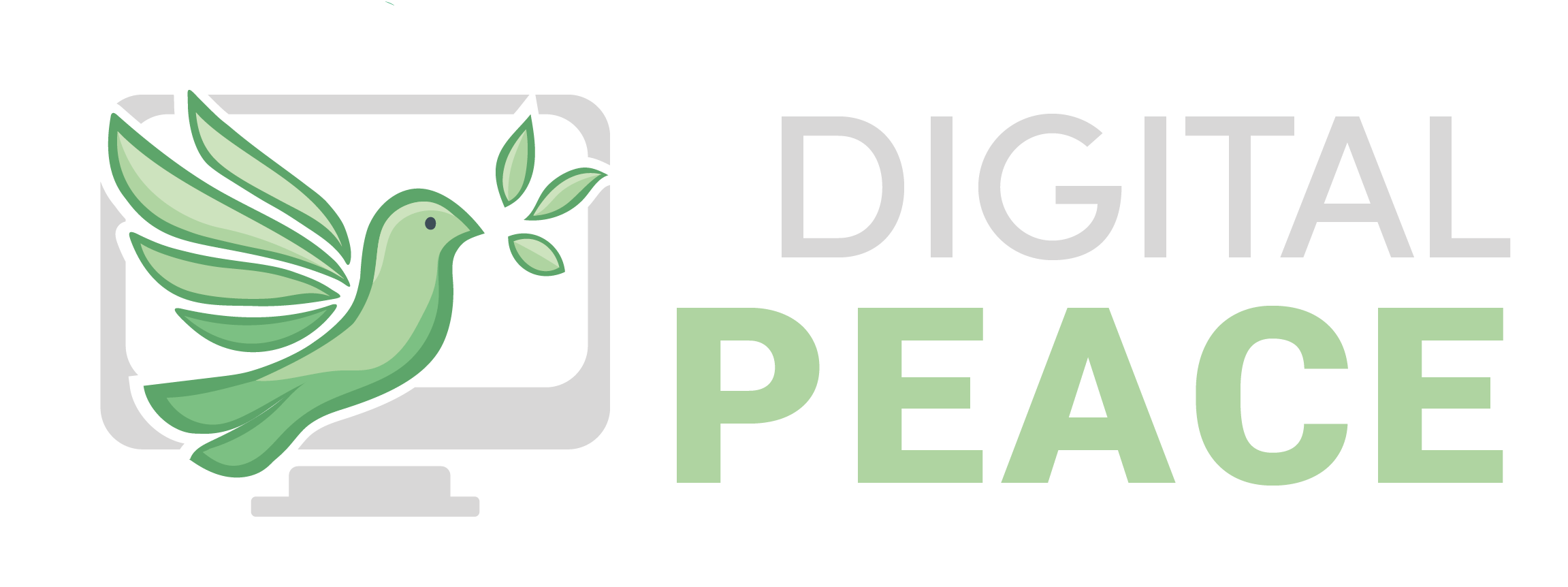“To retaliate with hate and bitterness would do nothing but intensify the hate in the world.”
— Martin Luther King Jr., Strength to Love (1963).
A few days ago, I had the privilege to reconnect with one of the most formative voices in my academic journey—Prof. Dr. Amr Abdalla, whose teachings continue to shape how I think about conflict, activism, and the pursuit of justice – particularly in digital spaces.
In our recent exchange, he reflected on the Arab Spring and why it ultimately fell short of its transformational promise. The movements, he explained, were strategically sound—guided by the 12 Principles of Strategic Nonviolence 1 and Gene Sharp’s 198 Methods2—but often lacked the deeper, principled dimension embodied by figures like Gandhi and Dr. Martin Luther King: the heart attitude, the refusal to dehumanize the opponent, the commitment to inner transformation alongside social change.
This insight made me reflect on the challenges of digital activism today. While digital activism has powerfully elevated urgent issues, shaped public discourse, and influenced political agendas, it often mirrors the struggles of traditional movements: a lack of empathy, the dehumanization of opponents, and harsh, moralistic judgment. Even within movements for justice, constructive dialogue frequently gives way to antagonism. Cancel culture replaces conversation.
We may have more tactics than ever—but have we lost the heart?
The legacy of principled nonviolence
What Prof. Abdalla reminded me is something I had always known—but perhaps forgotten amid the noise of today’s digital landscape: That real change demands more than clever tactics. It demands character, soul, and heart. It requires the refusal to mirror the very violence—verbal, emotional, ideological—we’re trying to dismantle.
Martin Luther King Jr. called this love-rooted orientation agape: “understanding, redeeming goodwill for all,” even for one’s enemies.3 For Gandhi, it was satyagraha—truth-force—anchored not in domination or humiliation, but in holding space for transformation on all sides.4
This is nonviolence not as strategy, but as a way of being. What happens when we forget this in our online activism?
The Missing Heart of Digital Activism
Today’s digital activism is a marvel of reach and coordination. A single tweet can mobilize millions. A viral video can ignite global movements overnight. Yet in this same terrain, we see fierce callouts, dehumanizing language, and ideological gatekeeping—dynamics that don’t just challenge solidarity, but may also be part of the growing polarization across digital societies we’re witnessing today.
Online, the lack of facial expression, tone, and shared presence makes it easy to forget the humanity of the person on the other side. And when righteous anger is fueled by algorithms that reward outrage, empathy often takes a back seat.
We may be “right” in our cause—but what if our method replicates the very harm we seek to undo?
Strategy vs. Spirit
This is not a critique of strategy. Gene Sharp’s work has empowered countless movements. Strategic nonviolence is vital. But when it is detached from inner discipline, from love, from the willingness to listen and learn—it risks becoming cold, transactional, even vengeful.
Principled nonviolence doesn’t mean silence. It means speaking truth with love. It doesn’t mean avoiding conflict. It means entering it with compassion and conviction, guided not only by what we’re against—but by the world we’re trying to build.
Rehumanizing the Conversation: Nonviolent Communication in Digital Activism
Marshall Rosenberg—the founder of Nonviolent Communication (NVC)—reminded us: before we speak, we must first listen—not to win an argument, but to understand. This is the essence of active listening in Nonviolent Communication: hearing what someone is truly trying to say beneath the anger, the defensiveness, or even the aggression. 5
In a world where blame and outrage travel faster than nuance, that’s a radical posture. NVC invites us to take responsibility for our own emotional responses—not to suppress them, but to get curious:
What is this person feeling? What need is driving their words?
That shift—from reacting to receiving—can be the beginning of de-escalation. Of rehumanizing the digital space. And maybe, of building something more honest and healing than the conversation we expected.
A Different Kind of Power – Why Nonviolence is Not Weakness
Nonviolence is not weakness. It is power with, not power over. And it is desperately needed in an online world increasingly defined by division. As digital activists, we can—and must—be sharp in our analysis, strategic in our actions, but also soft in our hearts. The world doesn’t need more perfect posts. It needs more people willing to engage with courage and care.
Because in the end, algorithms change. Trends fade. But how we show up—especially in conflict—leaves a lasting mark.
Final Reflection
Prof. Abdalla’s words reminded me that the most powerful movements in history were driven by deep compassion. If we want to build a better digital world, we have to embody the peace we preach—even when no one’s watching, even when the comments get heated. The heart of nonviolence is not passive. It’s radical, active, and transformative. And maybe, it’s exactly what the internet needs right now.
If this resonates with you—then maybe, the next time you feel that surge of outrage in a comment section, take a step back. Breathe. Reflect. Not to excuse what was said. But to ask yourself: what fear, what pain, what worldview could give rise to such words? Because that is the real problem to be addressed.
That pause—that refusal to mirror the same violence—might just be the most radical thing you do online today. And it might be the beginning of something far more powerful than being right: being human.
It’s time to rethink the future we’re building.
References
- Ackerman, P., & Kruegler, C. (1994). Strategic Nonviolent Conflict. Greenwood.
- Sharp, G. (1973). Politics of Nonviolent Action. P. Sargent, U.S., Housmans.
- King, M. L. (2019). Strength to Love. Beacon Press. (Original work published 1963).
- Gandhi, M. (2001). Non-violent resistance (Satyagraha). Dover.
- Rosenberg, M. B. (2003). Nonviolent Communication : A Language of Compassion. Puddledancer Press.







